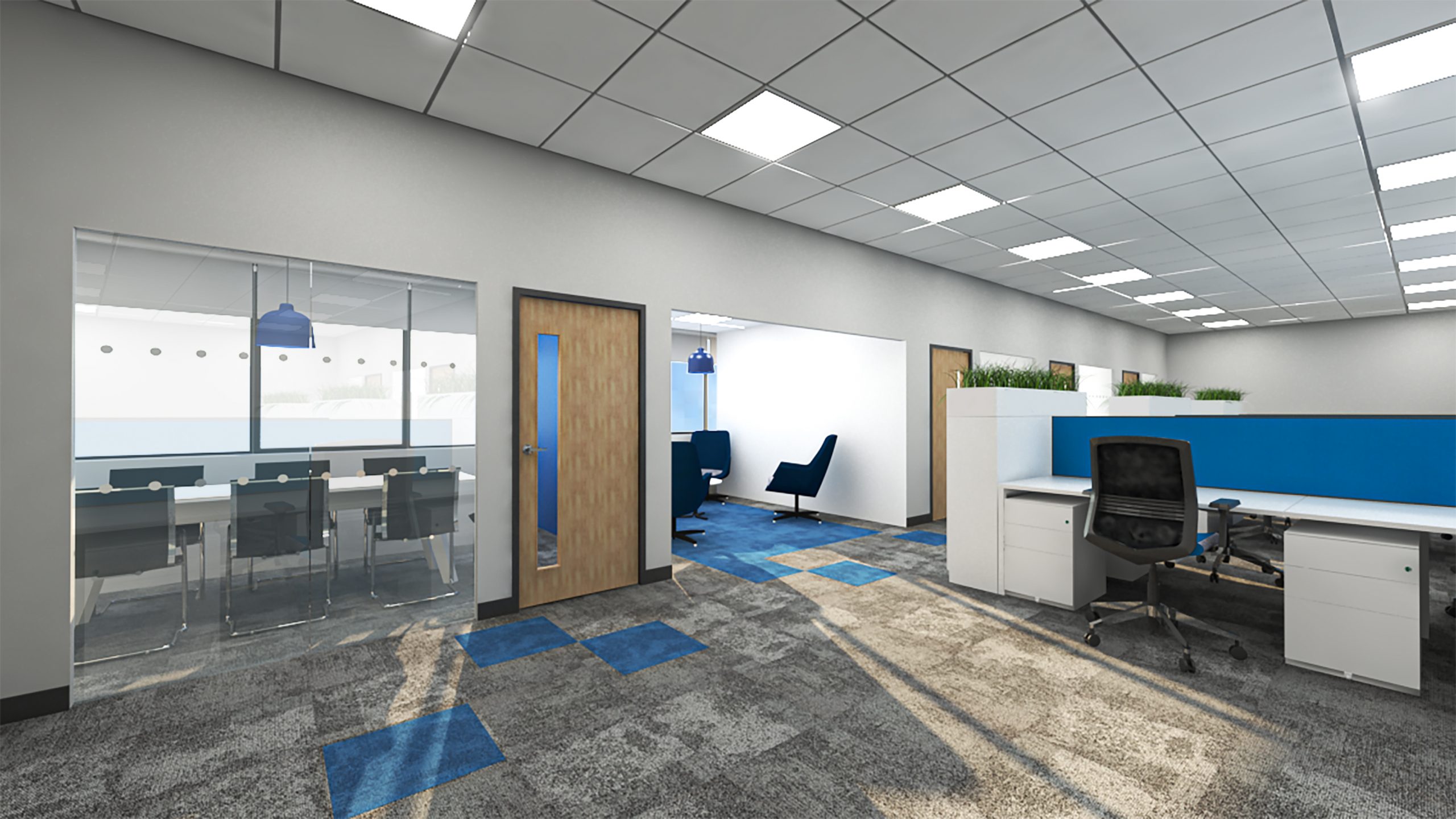A Strategic Guide to Deciding Between Office Refurbishment and Relocation
As businesses evolve, so do their workspace needs. Whether that’s due to growth, shifting company culture, changing work models, or simply wear and tear, many organisations face a common question: Should we refurbish our current office or relocate to a new space?
The right choice depends on a complex mix of factors—from cost and logistics to long-term business goals. This strategic guide breaks down the key considerations to help you make a clear, informed decision that supports your company’s future.
Step 1: Define your objectives
Before you dive into cost comparisons or property searches, start by clarifying why you’re exploring change. By defining your objectives, this allows you to make better informed decisions and helps measure the success of whichever route your company takes.
Consider:
- Are you outgrowing your current space?
- Is your office layout hindering productivity or collaboration?
- Do you want to align your space with hybrid work trends?
- Are you aiming to improve employee wellbeing and retention?
- Is your current office in the wrong location?
Step 2: Evaluate Your Current Space
Sometimes, the best solution is already under your feet. Take a critical look at your existing office space:
- Is it structurally sound and compliant with regulations?
- Can it be reconfigured to better support your teams?
- Is there room for future growth?
- Are you locked into a long lease—or approaching renewal?
If the overall space is good and your lease is favourable, refurbishment may offer a cost-effective way to revitalise your environment without the disruption of a move.
Step 3: Compare Costs
It’s tempting to compare refurbishment and relocation based on upfront expenses alone—but that can be misleading. A strategic decision should also factor in long-term costs and ROI.
Refurbishment costs may include:
- Interior design and fit-out
- Temporary disruption to operations
- Health and safety compliance upgrades
- New furniture
Relocation costs may include:
- Property search and lease negotiation
- Moving and installation costs
- IT and infrastructure setup
- Potential loss of productivity during transition
- Exit fees on your current lease
Step 4: Factor in Future Growth
This isn’t just a decision about now—it’s taking into consideration future plans and developments. Consider:
- Your projected headcount in 3–5 years
- The flexibility of your workspace to adapt
- Your hybrid/remote work strategy
Relocation can offer more scalability if your growth is rapid. Refurbishment might be ideal if you’re stabilising or shifting toward a smaller, smarter footprint.
Step 5: Weigh the Timeline and Disruption
Relocation can take 6–12+ months, depending on the complexity and market conditions. Refurbishment timelines can vary widely depending on whether work happens in phases (with staff in place) or all at once.
Build a realistic schedule for both options and assess which aligns better with your business priorities and project capacity.
Key Takeaways:
- Have clear objectives
- Evaluate options thoroughly
- Plan for future growth and development




